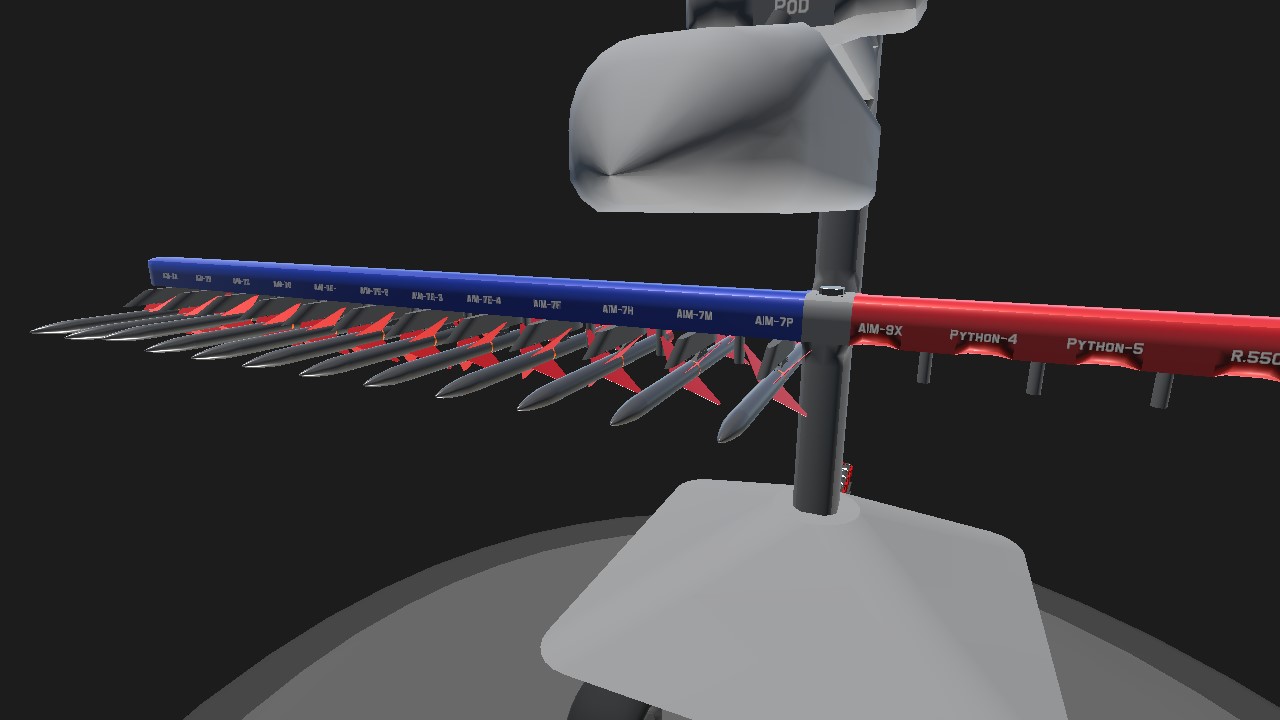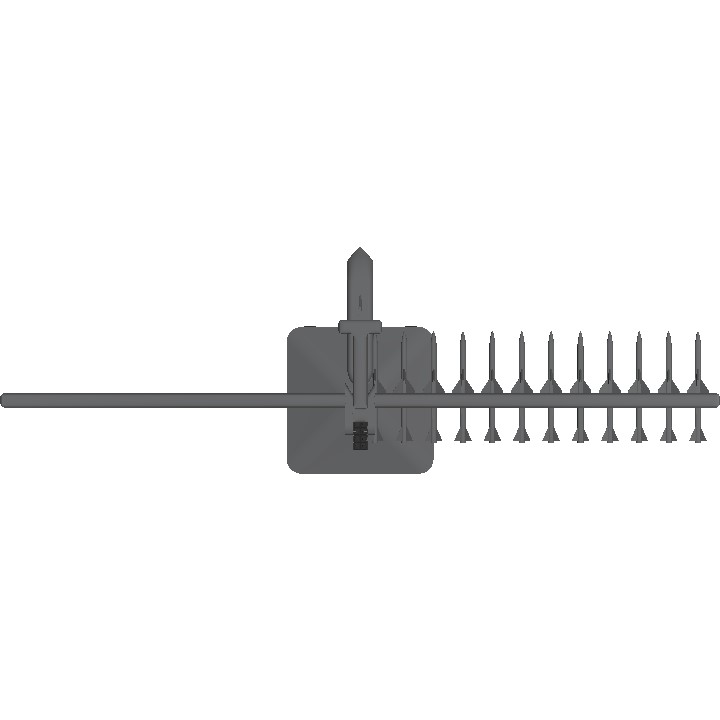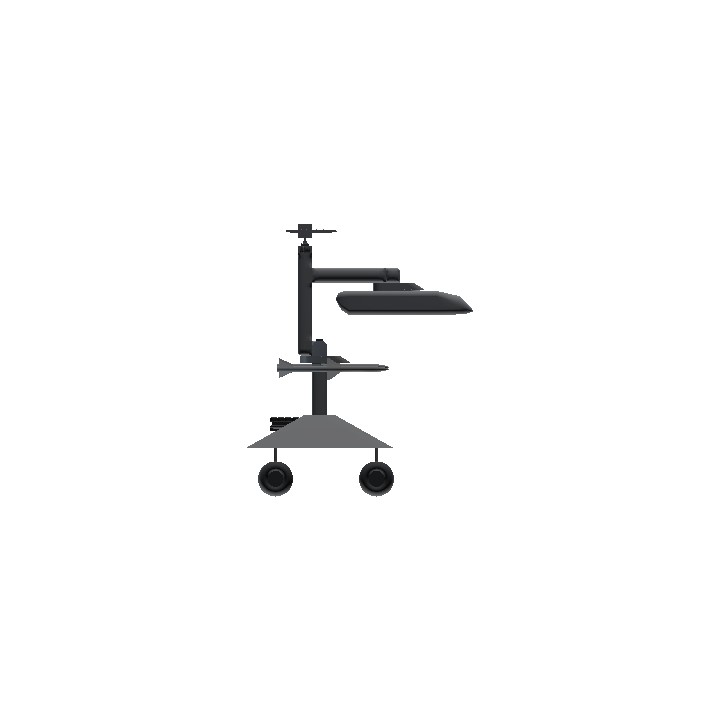The AIM-7 Sparrow (Air Intercept Missile) is an American, medium-range semi-active radar homing air-to-air missile operated by the United States Air Force, United States Navy, and United States Marine Corps, as well as other various air forces and navies. Sparrow and its derivatives were the West's principal beyond visual range (BVR) air-to-air missile from the late 1950s until the 1990s. It remains in service, although it is being phased out in aviation applications in favor of the more advanced AIM-120 AMRAAM.
The early Sparrow was intended primarily for use against larger targets, especially bombers and had numerous operational limitations in other uses. Against smaller targets, the need to receive a strong reflected radar signal made achieving lock-on at the missile's effective range difficult. As the launching aircraft's own radar needed to be pointed at the target throughout the engagement, this meant that in fighter-vs-fighter combat, the enemy fighter would often approach within the range of shorter-range infrared homing missiles while the launching aircraft had to continue flying towards its target. Additionally, early models were only effective against targets at roughly the same or higher altitudes, below which reflections from the ground became a problem.
A number of upgraded Sparrow designs were developed to address these issues. In the early 1970s, the RAF developed a version with an inverse monopulse seeker[citation needed] and improved motor known as Skyflash, while the Italian Air Force introduced the similar Aspide. Both had the ability to be fired at targets below the launching fighter ("look-down, shoot down"), were more resistant to countermeasures, and were much more accurate in the terminal phase. This basic concept was then made part of the US Sparrows in the M model (for monopulse) and some of these were later updated as the P model, the last to be produced in the US. Aspides sold to China resulted in the locally produced PL-11. The Japan Self-Defense Forces also employ the Sparrow missile, though it is being phased out and replaced by the Mitsubishi AAM-4.
The Sparrow was also used as the basis for a surface-to-air missile, the RIM-7 Sea Sparrow, used by a number of navies for air defense. Fired at low altitude and flying directly at its target, although, the range of the missile in this role is greatly reduced due to the increased air density of the lower atmosphere. With the retirement of the Sparrow in the air-to-air role, a new version of the Sea Sparrow was produced to address this concern, producing the larger and more capable RIM-162 ESSM.
Specifications
Spotlights
- Clutch123 1.9 years ago
General Characteristics
- Predecessor Modern Missile Pack (Air-To-Air)
- Created On Android
- Wingspan 80.4ft (24.5m)
- Length 25.4ft (7.8m)
- Height 30.4ft (9.3m)
- Empty Weight 8,489lbs (3,850kg)
- Loaded Weight 18,059lbs (8,191kg)
Performance
- Wing Loading N/A
- Wing Area 0.0ft2 (0.0m2)
- Drag Points 24119
Parts
- Number of Parts 338
- Control Surfaces 0
- Performance Cost 1,018





Can i use this on my build? @JohnLewis
Thanks for this!
Good job bro